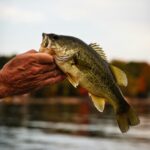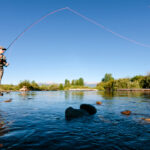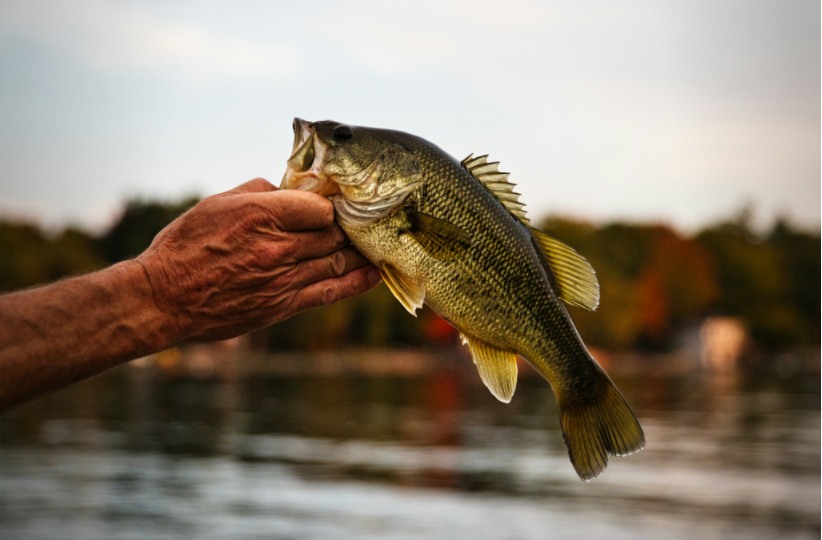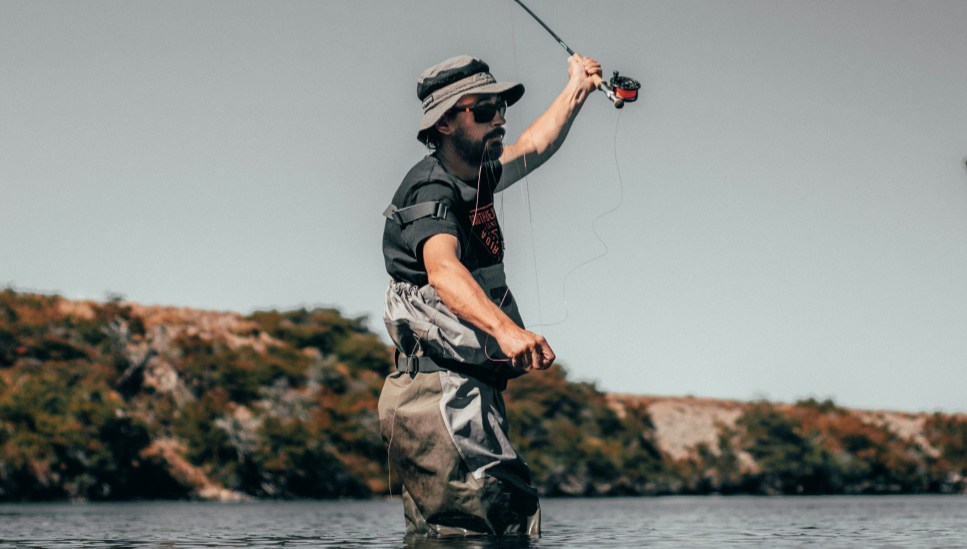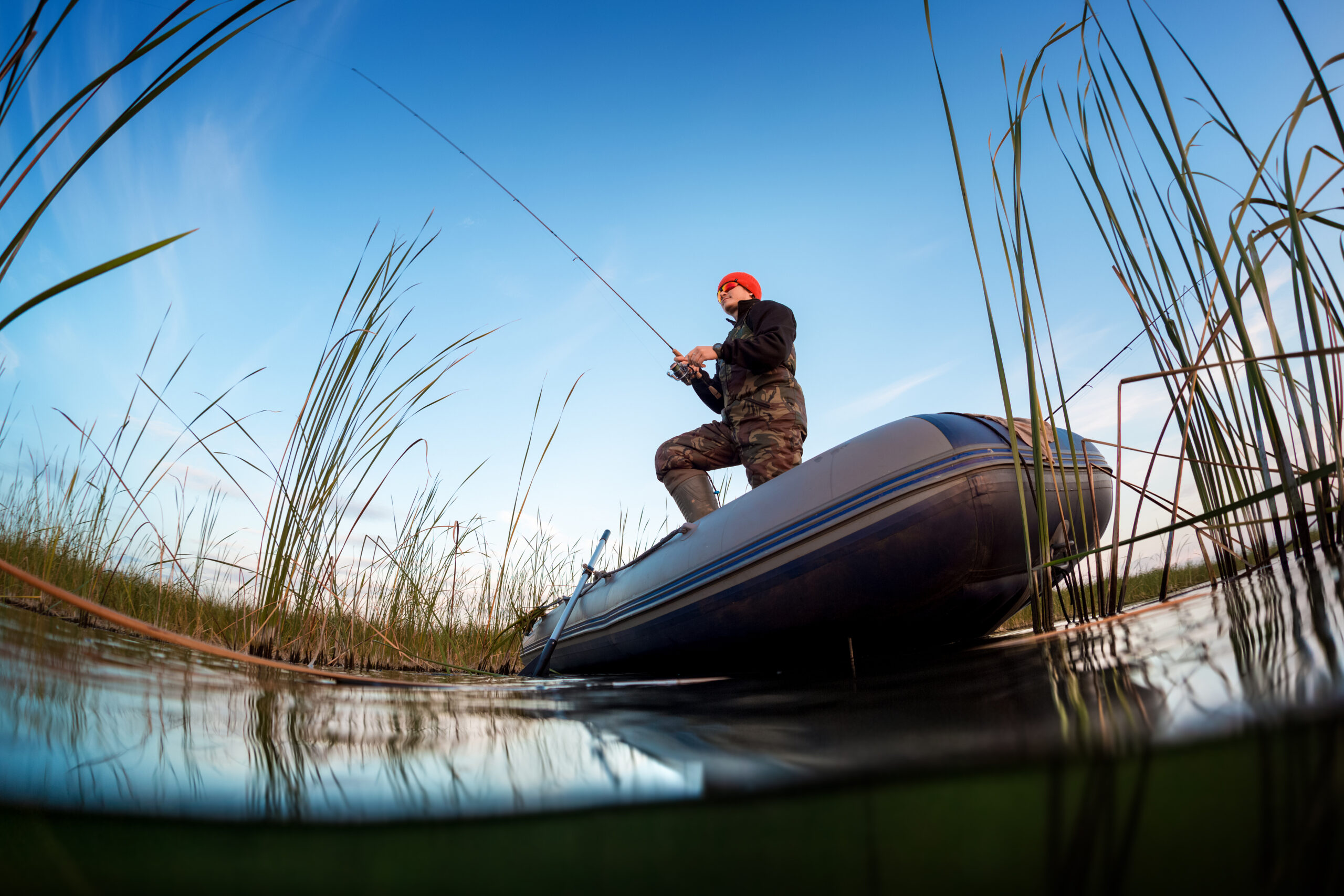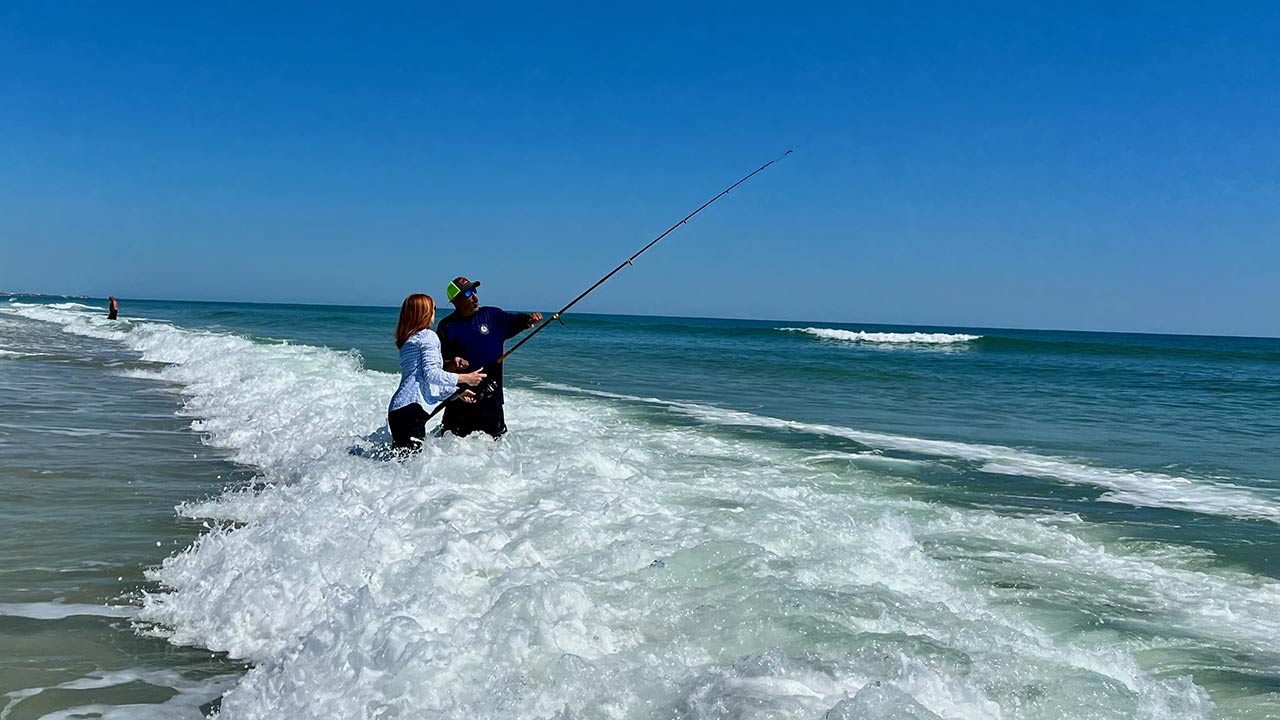Bass fishing is one of the most popular pastimes in the U.S., with millions of anglers hitting the water in search of largemouth, smallmouth, and striped bass. But while bass are primarily caught for sport, many fishermen wonder: Is bass good to eat? The answer depends on the species, preparation, and conservation considerations. This guide will break down everything you need to know about eating bass, from taste and nutrition to the best cooking methods and ethical fishing practices.
Can You Eat Bass?
Yes, bass is edible, and many anglers enjoy it as part of their catch-and-cook experience. However, some bass species taste better than others, and factors like water quality and diet impact the flavor.
Best Bass Species for Eating
- Largemouth Bass – A favorite among sport fishermen, largemouth bass has a firm but slightly fishy taste. Some anglers find it too “muddy” compared to other freshwater fish.
- Smallmouth Bass – Generally preferred over largemouth for eating, smallmouth bass has a cleaner, sweeter flavor with a firmer texture.
- Striped Bass – Highly sought after for both sport and food, striped bass (or “stripers”) are considered some of the best-tasting bass, with a mild, flaky white meat.
- White Bass – Another great-eating fish, white bass has a slightly stronger taste but is delicious when prepared properly.
What Does Bass Taste Like?
Bass has a mild-to-moderate fish flavor, with variations depending on the species and environment. Fish from clear, cold water tend to taste cleaner, while those from warm, stagnant waters can have a muddier flavor.
- Largemouth bass has a more pronounced fishy taste and can be slightly tough.
- Smallmouth bass is firmer, cleaner, and often compared to walleye in flavor.
- Striped bass has a mild, almost buttery taste, making it a top choice for cooking.
Is Bass Healthy to Eat?
Yes, bass is a nutritious fish packed with:
✅ High-quality protein – Supports muscle growth and overall health.
✅ Omega-3 fatty acids – Beneficial for heart and brain health.
✅ Vitamins and minerals – Rich in B12, selenium, and potassium.
However, like many predatory fish, bass can contain higher levels of mercury, especially larger, older fish. It’s best to eat bass in moderation and follow local advisories regarding fish consumption.
How to Prepare and Cook Bass
Cleaning and Filleting
- Bleed the fish immediately after catching to improve the taste.
- Fillet the fish, removing the skin if you prefer a milder flavor.
- Soak the fillets in saltwater or milk for a few hours to reduce any muddy taste.
Best Cooking Methods
- Grilled Bass – Enhances the natural flavors, perfect for striped or smallmouth bass.
- Fried Bass – A Southern favorite; deep-fried bass fillets are crispy and delicious.
- Baked Bass – A healthy option; baking with lemon, butter, and herbs enhances the flavor.
- Blackened Bass – Cajun-style seasoning and a hot skillet create a flavorful, crispy crust.
- Bass Tacos – Soft tortillas, fresh slaw, and zesty sauce make bass a great taco filling.
Ethical Considerations and Conservation
- Catch and Release: Many anglers practice catch-and-release, especially for trophy bass, to preserve fish populations.
- Size and Bag Limits: Follow local regulations to ensure sustainability.
- Avoid Eating Large Bass: Older bass accumulate more toxins and are important for breeding populations.
Final Thoughts: Should You Eat Bass?
Bass is absolutely edible, but whether you should eat it depends on personal taste and conservation concerns. If you’re fishing in clean waters and following ethical guidelines, bass can make a tasty, nutritious meal. However, if you’re a dedicated sport fisherman, practicing catch-and-release may be the better choice.
Would you eat bass, or do you prefer releasing them back into the wild? Let us know your thoughts! 🎣🔥


